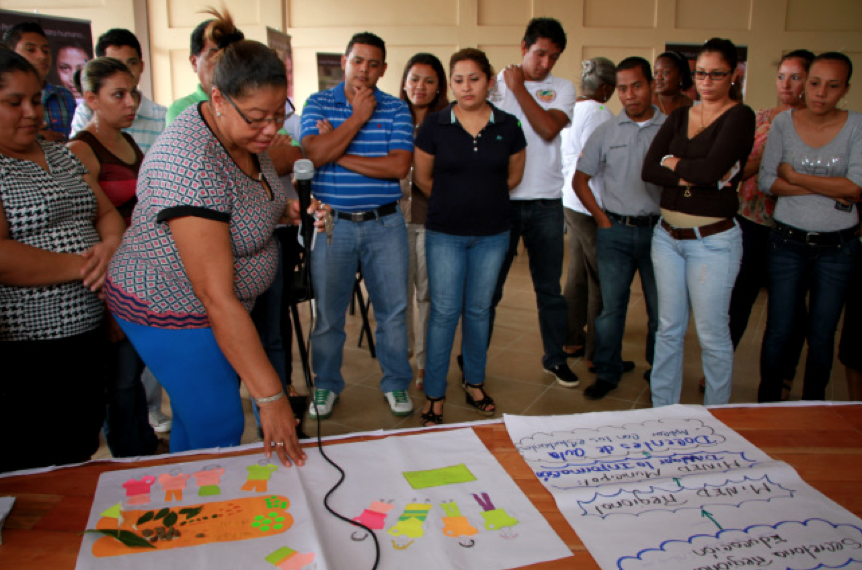This paper from Carnegie Mellon design researchers, Soojin Jun, Miso Kim, and Joonhwan Lee Rethinking Systems Diagrams presents the legal designer with a wealth of potential resources & processes to create better documents.
The authors are writing from the perspective of information designers, who want to be able to present complexity and highlight important information through diagrams, maps, and other visual tools. They present principles & examples for other information designers who want to create better presentations of how systems and organizations work.
The use of system diagrams has encouraged information designers to tacitly consider the holistic context. However, because the traditional understanding about the nature of systems has been highly focused on the arrangement of components within a static model, users’ experience is considered little. The goal of this research is to provide a theoretical framework to broaden designers’ conception of the system diagram and enable them to design system diagrams that would prove most effective for different situations, needs, and design problems.
Therefore, the key of system diagrams is to understand the relationship of how the system is organized, according to the intent of the designer, the purpose of the user action, and the function of the group.
In order to further investigate this notion of a system diagram, we present four kinds of system diagrams where relationships emerge, depending on the following organizing principles:
1) law that holds together individual components,
2) rule that guides decision making,
3) function that supports users’ action possibility,
4) condition that facilitates participation in cultural ideals.In addition, we examine numerous system diagrams that have been created in the Domestic Mail Manual Transformation Project by the Carnegie Mellon School of Design and the United States Postal Service. This is a design case study that not only illustrates the role of system diagrams throughout the design process but also identifies four cases of system diagrams according to different goals: structure diagram, pathway diagram, affordance diagram, and vision diagram.
Here are some of the visuals they present for these different types of system diagrams:














